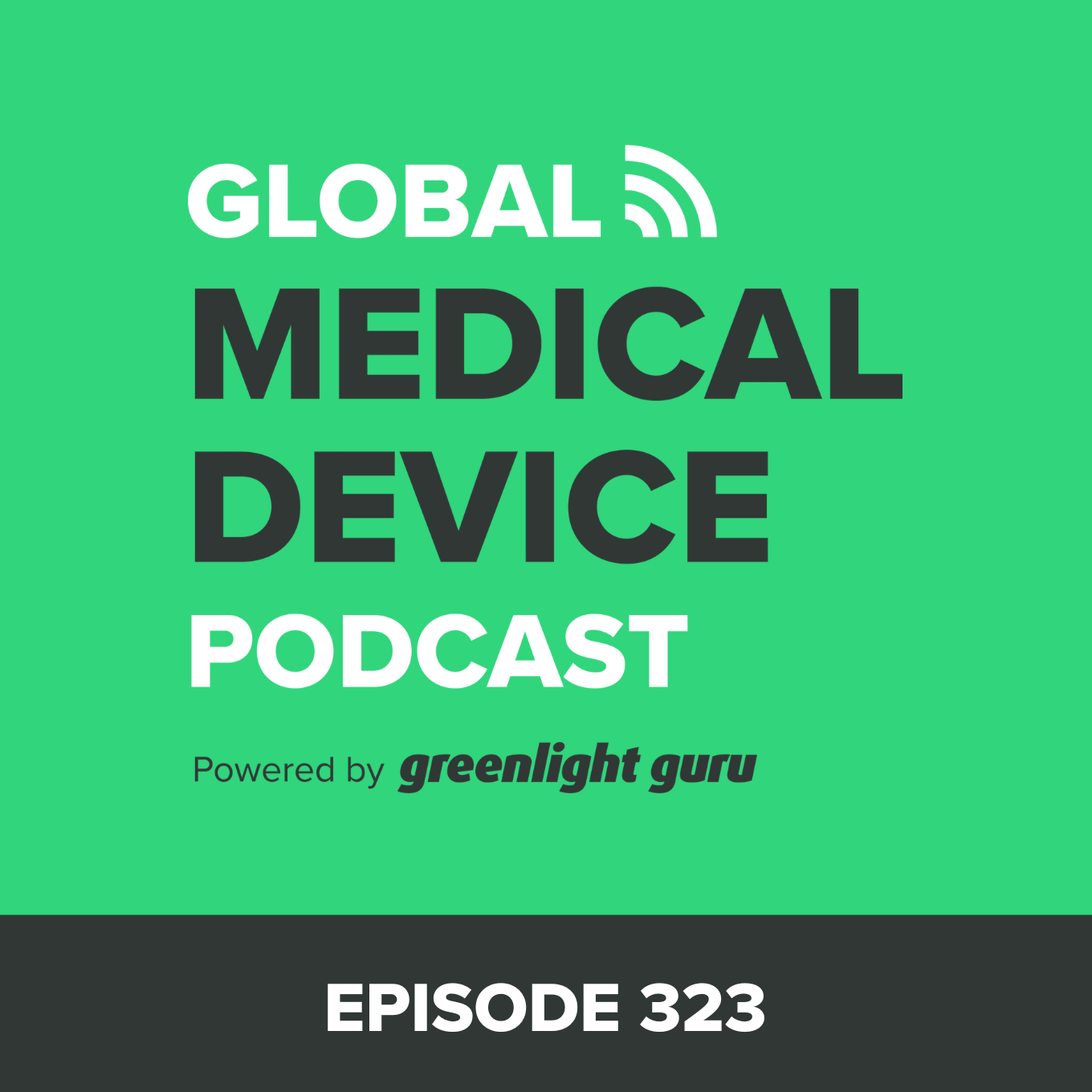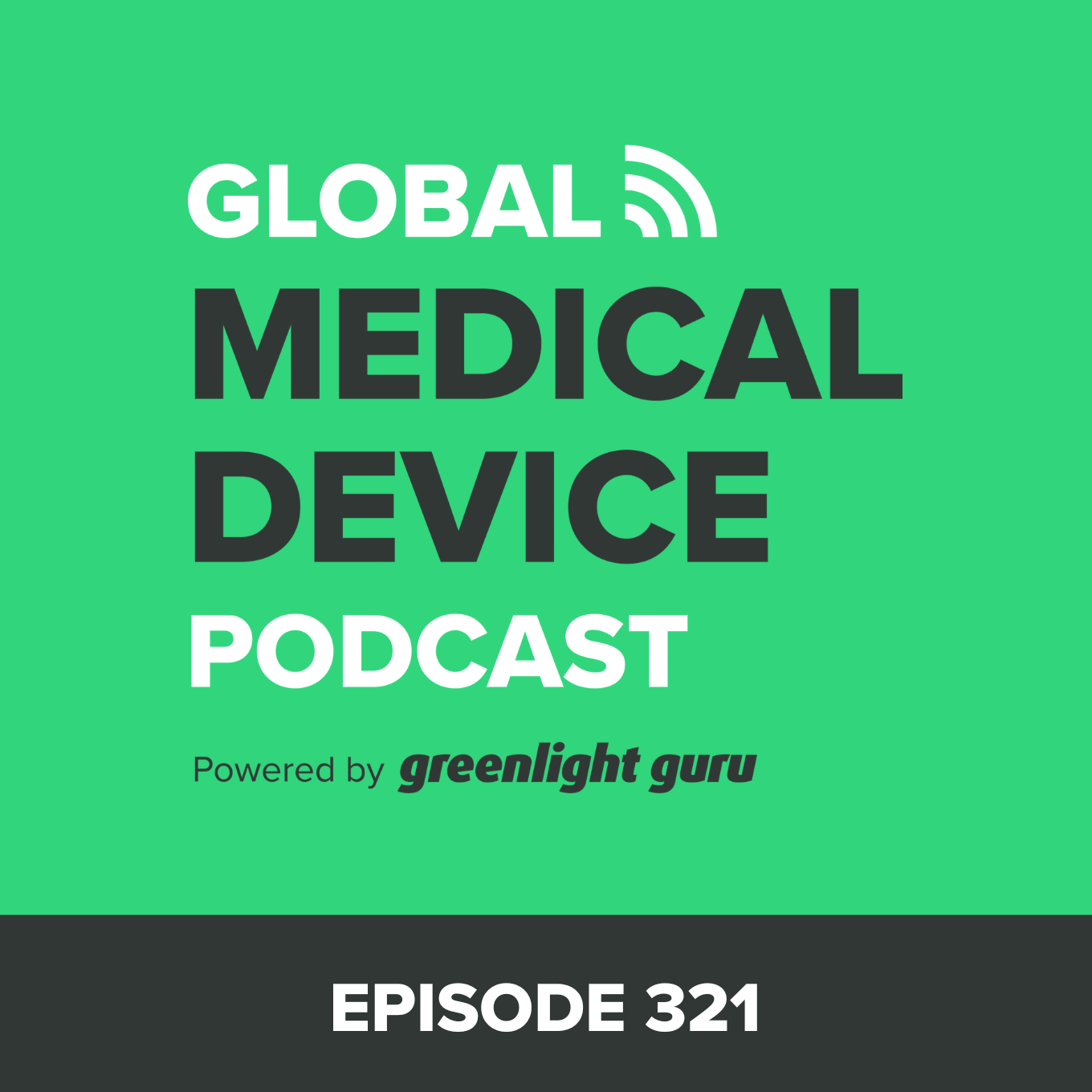UDI and the Current State of Global Implementation
- 0.5
- 1
- 1.25
- 1.5
- 1.75
- 2
DESCRIPTION
What is the current state of unique device identification (UDI) in the United States versus the European Union (EU)? What are the current deadlines, complexities, and differences, as well as the four quadrants of UDI that companies need to be aware of? Don’t underestimate your time to comply because it always takes longer than expected.
In this episode of the Global Medical Device Podcast, Etienne Nichols talks to Gary Saner, Senior Manager of Information Solutions for Life Sciences at Reed Tech, about UDI and the current state of global implementation.
Gary has been helping companies achieve UDI compliance on a global scale for years. He is considered to be a thought leader and recognized authority on medical device UDI compliance.
Some of the highlights of this episode include:
- As the U.S. FDA Class I UDI deadline approaches, companies should refer to the FDA’s final guidance, which describes the compliance policy regarding Global Unique Device Identification Database (GUDID) submission requirements for certain Class I devices considered consumer health products.
- Delays seem to be a part of the history of UDI. Manufacturers face challenges and pitfalls from UDI being rolled out easily. There are a number of issues with the brand new requirement in the United States.
- The four quadrants of UDI are identifying a product, reprocessed/reused products, reporting attributes, and documenting standard operating procedures (SOPs) in a quality management system (QMS).
- The EU has a complicated UDI implementation schedule, as well. Delays have been announced, but the impact was due to the European Commission completely revamping the regulatory platform.
- In Europe, UDI becomes one of the many things that a manufacturer has to learn, be educated on, and respond to. There’s no grandfathering of products, notified bodies, and patients. Portfolios are re-evaluated to meet new regulations.
- With the FDA and EU in place, the regulatory landscape typically uses one or the other as a precedent. Some health authorities around the world base their policies on one or the other. However, good global harmonization is not in place.
Memorable quotes from Gary Saner:
“This is a challenge in that this particular dataset has never really been assembled before. So, there’s no precedent for this.”
“The other issue is sometimes you find the data and it’s not accurate or it hasn’t been touched for a while. It’s not current. It’s obsolete. There’s issues with formatting. Sometimes, the formatting of that data that’s held for internal processes is not the format that actually gets submitted to the FDA.”
“There’s a little bit of a nuance about making sure the acknowledgements that come back from CDRH, there’s three acknowledgements, and making sure that they’re all complete for every single record.”
“UDI becomes one of the many things that a manufacturer has to learn and be educated on and then respond to and there was no grandfathering of products.”
“With the FDA and EU in place, the regulatory landscape typically uses one or the other as a precedent. Some of the other health authorities around the world will kind of base their policies on one or the other - US or EU.”
Links:
Information Solutions - Life Sciences at Reed Tech
FDA - Unique Device Identification (UDI) System
Center for Devices and Radiological Health (CDRH)
European Union Medical Device Regulation (EU MDR)
EU In Vitro Diagnostics Regulation (IVDR)
Greenlight Guru MedTech Lifecycle Excellence
Greenlight Guru YouTube Channel






